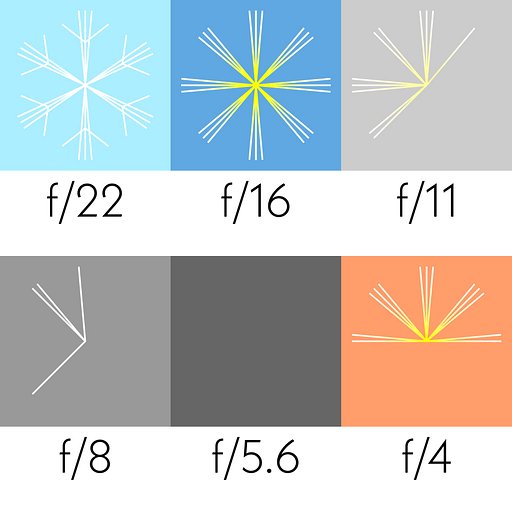What is the shutter speed?
Shutter speed is the length of time your camera takes a photo for. Cameras have different shutter mechanisms and adjusting the speed lets you take different kinds of photos based on the shooting conditions.

Faster shutter speeds mean your shutter opens and closes at faster intervals, letting just a little light in to expose your frame. Slower shutter speeds on the other hand mean that your shutter is open for a longer period of time, effectively letting more light in to expose your film.
Both have their own specific uses. Faster shutter speeds can be used when there is plenty of light while slower shutter speeds can be used during low light conditions. Fast shutter speeds are also used in fast-paced shots like in sports and street photography. Slow shutter speeds on the other hand can be used for long exposure shots and nighttime photography.
Mastering both will give you an edge when it comes to adapting to different shooting conditions.
Anything missing?
Can’t find an answer to your question? Or do you have some useful advice to add to one of our courses? We want to build the world’s largest analogue learning space, so please send any further requests or information to school@lomography.com and we’ll take a look!
More Courses
-
Will X-ray machines at airports ruin my film?
Traditional x-ray machines are unlikely to affect film of ISO 800 and lower. However, the new and more powerful CT scanners can damage any and all film. We recommend always asking to have your film inspected manually.
-
What are the different types of film cameras?
From a SLR, to TLR, to rangefinder or point & shoot cameras – find out how these different types of cameras operate.
-
What is the sunny16 rule?
The Sunny 16 Rule is a way to meter for correct exposure during daylight without using the camera’s meter. It is great for photographers who don’t want to get slowed down by metering for every shot or rely too much on their camera’s in-built light meter.
-
What does it mean to overexpose vs underexpose a photo?
Put simply, an overexposed image is one that is brighter than the reality of the scene you’re trying to photograph, while an underexposed image is darker than reality. Overexposure generally means you are giving your film too much light, and with underexposure you have the opposite problem of not enough light.
-
Why choose film photography over digital?
Almost everyone has access to a phone with a decent camera, however, there is nothing like producing a roll of film with its unmatched richness and an emphasis on preserving the integrity of both highlights and shadows.
-
How to unload and seal a roll of 120 film?
Keep the roll tight on the take-up spool as you remove it from your camera. Then wrap the attached paper band around the film and secure it in place.
-
How to organize your film negatives?
Film Sleeves, Binders, and maintaining a chronological system for your film negatives are key to effectively organizing film negatives.
-
How to avoid “fat rolls” with 120 film
A “fat roll” happens when 120 film is wound loosely around the take-up spool, possibly leading to light leaks. Avoid this by gently pressing your finger near the film holder while loading or shooting; this helps keep tension and tighten the film.
-
What is film grain?
Film grain is the visible silver halide crystals within a film emulsion. This is the main photosensitive substance in film so it is what allows an image to be captured.




